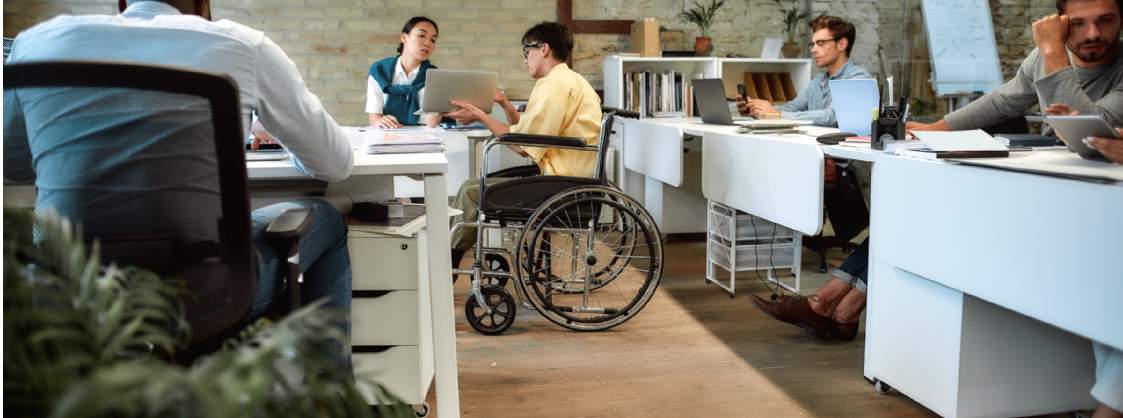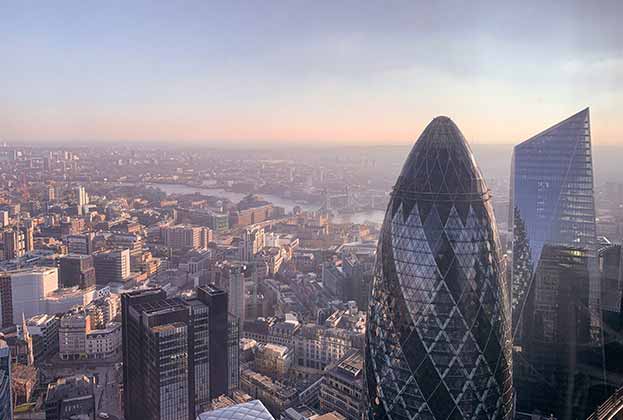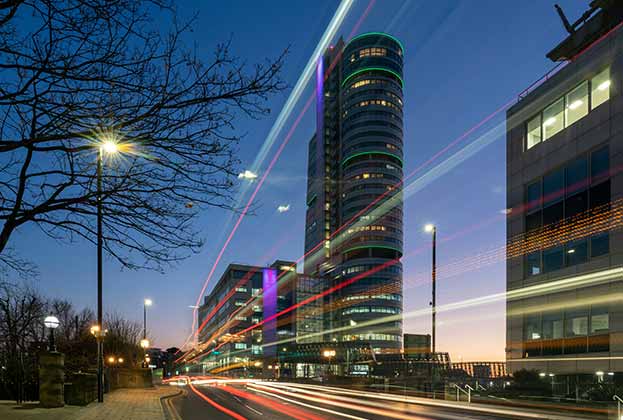The focus on diversity and inclusion (D&I) across the real estate industry is not new, but in a post-pandemic world it has become even more paramount to the built environment. We have also seen this evolve to include DEIA: diversity, inclusion, equity and accessibility.
A key area of this to consider is equity, not to be mistaken for equality. Rather than giving people the same resources and opportunity, equity recognises that each person has different circumstances and provides the platform needed to reach an equal outcome. How, then, can we factor this into the way we design our workspace?
An example would be that traditional workplaces have predominantly provided clusters of desks supported by some meeting rooms, tea points and admin support space. This assumes that everyone will use a desk for their daily tasks – this is an example of equality. To provide equity, the desk is still required by some, but others will use a variety of settings to support individual needs such as quiet focus or group collaboration. Where these are placed also matters for those who perform better in louder or quieter zones.
The first step to equity is to engage the workforce to understand the specific user groups who will occupy a space. No individual can express the entire outlook of an organisation and it’s therefore important to give people the opportunity to voice their needs. While for many people the conversation around DEIA is becoming more commonplace, we need to assume that there are still many individuals who remain quiet about their specific requirements. Confidential workplace surveys should help to address this and fill in the gaps where they still exist. Many businesses are yet to include these more sensitive questions, when in reality this level of information can be invaluable.
Accessibility is also a crucial factor. For instance, wayfinding and navigation is vital, especially for those who are neurodiverse or may have mobility or visual challenges. It’s important to note, however, that this has wider reaching benefits even to those who may not require additional support.
Essentially, when you design a space with everyone in mind and consider the spectrum of disability and neurodiversity, you are making it more beneficial for all.
At a basic level, designers are bound by building regulations when it comes to accessibility*. Additionally BS 8300** provides detailed recommendations on inclusive and accessible design of buildings and the spaces within them, but this is best practice rather than a legal requirement.
Of course, implementing these initiatives is easier in a new build where you can factor it all in prior to construction. However, this is not always an option. So how easy is it to retrofit changes into existing space?
Finishes and materials can have enormous impact. For example, sound absorption overlaid in existing areas with predominantly hard surfaces such as staff cafés can dramatically change the experience of a person with hearing difficulties. Changes like this can be retrofitted to existing environments and will enable landlords and employers, at whatever stage their building is at, to review, assess and adapt the environment to benefit all.
Ultimately, we need to go above and beyond what is legally required and ensure people, especially decision makers, understand the wide ranging benefits of truly accessible space. Only then will we be able to create genuine equity.
*Access and Use of Buildings Approved Document Part M
**British Standard 8300-2:2018 Design of an accessible and inclusive built environment. Buildings - code of practice
Further information
Contact Yetta Reardon Smith

-impact-the-office-sector(1).jpg)

.jpg)






